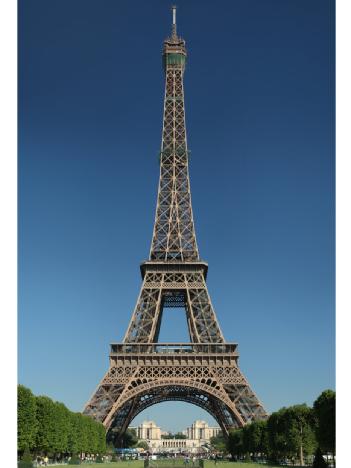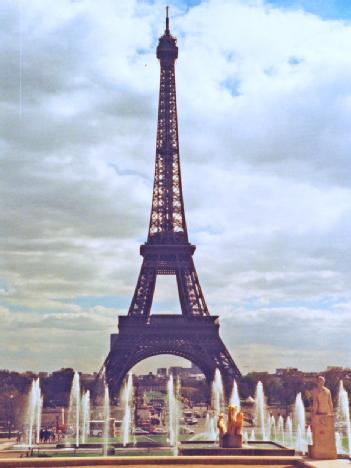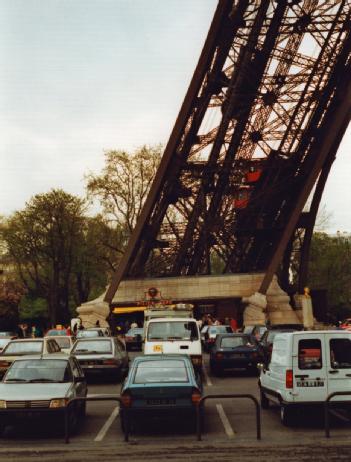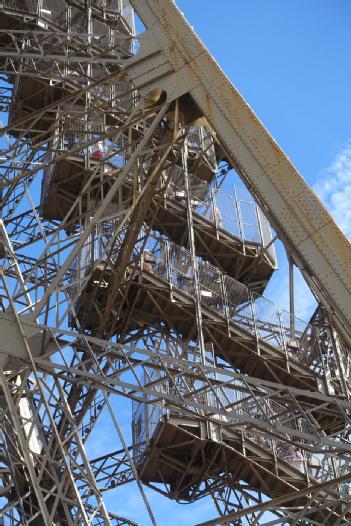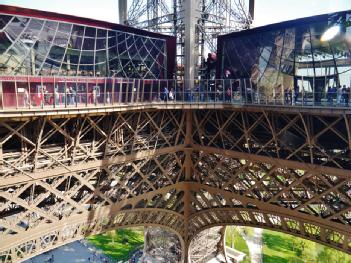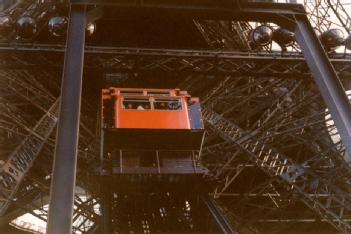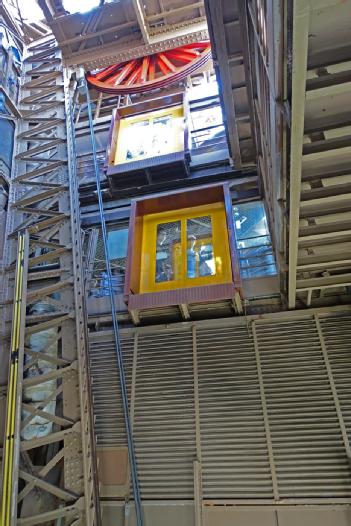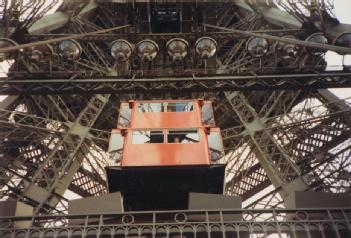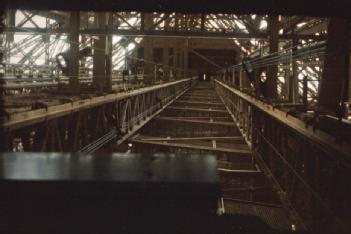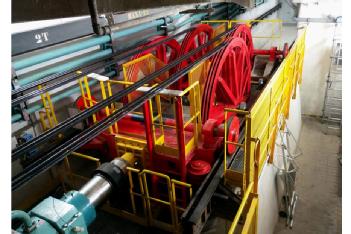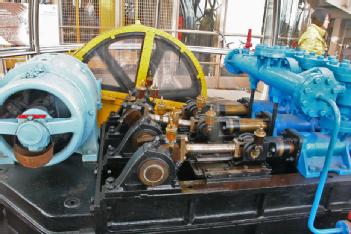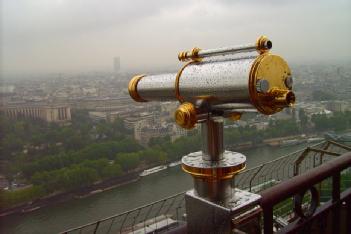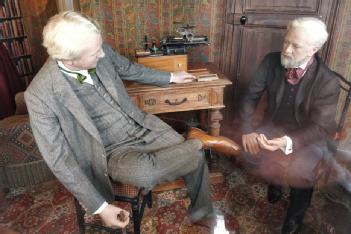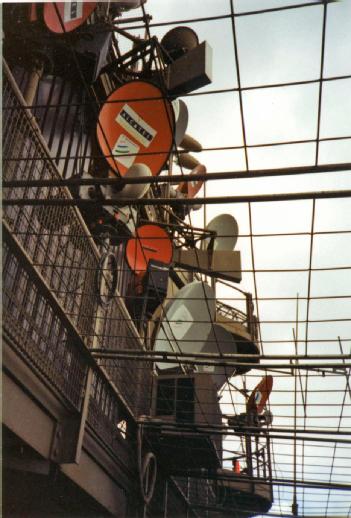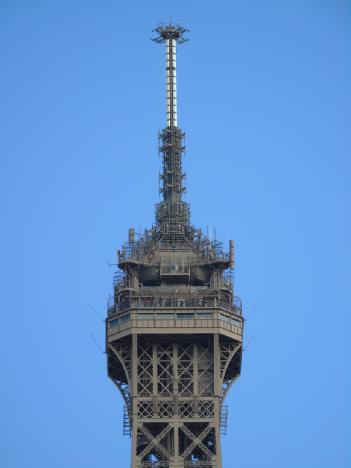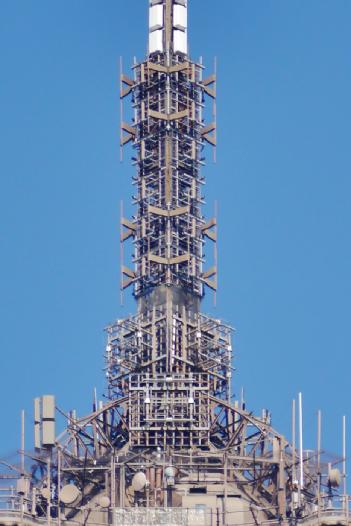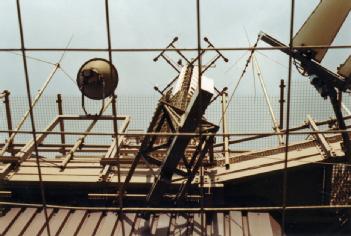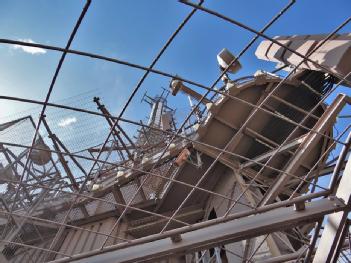
 |
Tour Eiffel - Eiffelturm - Eiffel tower |
75007 Paris, France (Île-de-France) |
|
| Address |
Champ de Mars
5 Av. Anatole France |
| Floor area | unfortunately not known yet |
Architecture
- Cranes and Lifts
- Transmitting and Studio technique
- World Heritage Site
|
Opening times
|
voir le calendrier et les horaires d'ouverture sur la page d'accueil de la tour Eiffel.
see Calendar and Opening Times at Eiffel tower homepage
|
||||
|
Status from 05/2023
|
with lift to Second floor: Adult: 18,10€; Youth (12-24): 9,00€; Child (4-11), Disabled: 4,50€ with lift to top: Adult: 28.30€; Youth (12-24): 14,10€; Child (4-11), Disabled: 7,10€ by stairs to Second floor: Adult: 11,30€; Youth (12-24): 5,60€; Child (4-11): 2,80€ by stairs 2nd floor + lift to top Adult: 21,50€; Youth (12-24): 10,70€; Child (4-11): 5,40€ ascenseur 2ème étage: Adulte: 18,10€; Jeune (12-24): 9,00€; Enfant (4-11), Handicap: 4,50€ ascenseur Sommet: Adulte: 28,30€; Jeune (12-24): 14,10€; Enfant (4-11), Handicap: 7,10€ escaliers 2ème étage: Adulte: 11,30€; Jeune (12-24): 5,60 €; Enfant (4-11): 2,80€ escalier 2ème étage + ascenseur Sommet Adulte: 21,50€; Jeune (12-24): 10,70 €; Enfant (4-11): 5,40€ |
||||
| Contact |
|
||||
| Homepage | www.toureiffel.paris/fr | ||||
| Location / Directions |
The Eiffel Tower stands in the 7th arrondissement at the north-west end of the Champ de Mars (Field of Mars), near the banks of the Seine. The Eiffel Tower can be reached by several Metro lines: M9 station "Trocadéro" (20 minutes walk) M6 station "Bir-Hakeim" (10 minutes walk) M8 Station “Ecole Militaire” (15 minutes walk) The Eiffel Tower can be reached with the RER line C: “Cham de mars - Tour Eiffel” (7 minutes walk). The Eiffel Tower can be reached by various bus lines: 82 and 30 "Tour Eiffel" (4 minutes walk) 42 "Tour Eiffel" (5 minutes walk) 69 and 86 “Champ de Mars” (6 minutes walk) 72 "Tour Eiffel" (15 minutes walk) Access to the Eiffel Tower across the Seine by boat: Batobus “Tour Eiffel” (5 minutes walk) You can rent bikes at the Vélib stations 24 hours a day, 7 days a week. It is very pleasant to cycle through the streets of Paris to the Eiffel Tower! If you want to go to the Eiffel Tower by car, we advise you to leave your vehicle in one of the car parks near the Eiffel Tower. For example, the Quai Branly car park is less than 300 m from the Eiffel Tower. To get to the Elevator, go to the EAST or WEST pillars. Visitors with the appropriate ticket must queue in the line marked with the green flag to reach the entry pillar directly. Visitors without a ticket must line up at the ticket counters (yellow flag). The ticket offices at both pillars are normally open. Visitors who want to take the stairs should go to the SOUTH pillar (blue flag). |
Some example model pages for sets you can see there:
| Description | Wikipedia: The tower is 330 metres tall, about the same height as an 81-storey building, and the tallest structure in Paris. Its base is square, measuring 125 metres on each side. During its construction, the Eiffel Tower surpassed the Washington Monument to become the tallest human-made structure in the world, a title it held for 41 years until the Chrysler Building in New York City was finished in 1930. It was the first structure in the world to surpass both the 200-metre and 300-metre mark in height. Due to the addition of a broadcasting aerial at the top of the tower in 1957, it is now taller than the Chrysler Building by 5.2 metres . Excluding transmitters, the Eiffel Tower is the second tallest free-standing structure in France after the Millau Viaduct. The tower has three levels for visitors, with restaurants on the first and second levels. The top level's upper platform is 276 m above the ground – the highest observation deck accessible to the public in the European Union. Tickets can be purchased to ascend by stairs or lift to the first and second levels. Passenger lifts The arrangement of the lifts has been changed several times during the tower's history. Given the elasticity of the cables and the time taken to align the cars with the landings, each lift, in normal service, takes an average of 8 minutes and 50 seconds to do the round trip, spending an average of 1 minute and 15 seconds at each level. The average journey time between levels is 1 minute. The original hydraulic mechanism is on public display in a small museum at the base of the east and west legs. Because the mechanism requires frequent lubrication and maintenance, public access is often restricted. Communications The tower has been used for making radio transmissions since the beginning of the 20th century. Until the 1950s, sets of aerial wires ran from the cupola to anchors on the Avenue de Suffren and Champ de Mars. These were connected to longwave transmitters in small bunkers. In 1909, a permanent underground radio centre was built near the south pillar, which still exists today. On 20 November 1913, the Paris Observatory, using the Eiffel Tower as an aerial, exchanged wireless signals with the United States Naval Observatory, which used an aerial in Arlington County, Virginia. The object of the transmissions was to measure the difference in longitude between Paris and Washington, D.C. Today, radio and digital television signals are transmitted from the Eiffel Tower. Digital television A television antenna was first installed on the tower in 1957, increasing its height by 18.7 m. Work carried out in 2000 added a further 5.3 m, giving the current height of 324 m. Analogue television signals from the Eiffel Tower ceased on 8 March 2011. |
| Description (other) |
Die Zahlen Les chiffres |
[dsp_museum_detail.cfm]
| Data Compliance | More Information |
 toureiffel.paris
toureiffel.paris 